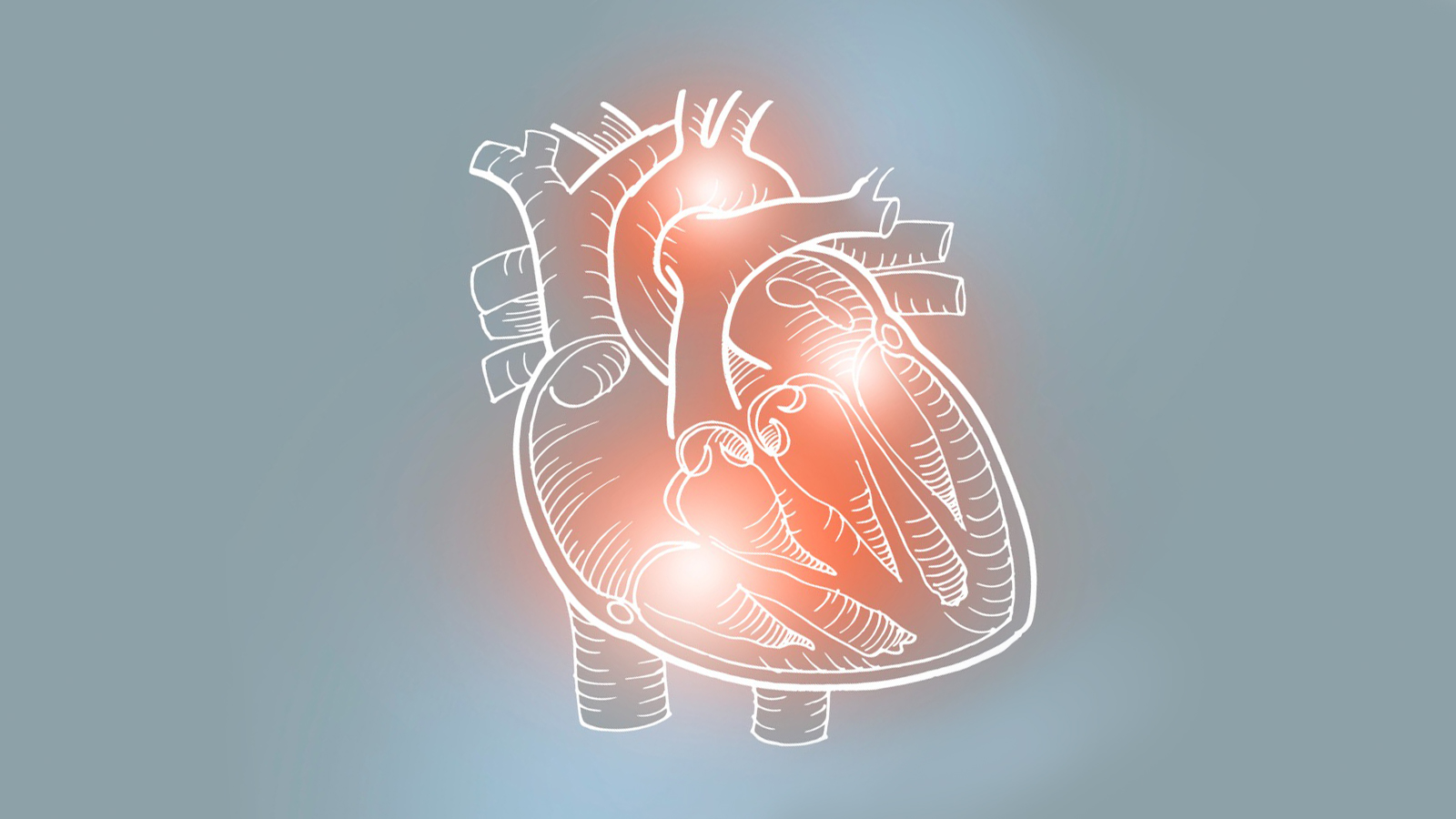Family History of Coronary Artery Disease Improves Outcomes in Takotsubo Syndrome

New Insights into Broken Heart Syndrome
Scientists in the Molecular Cardiology Research Laboratories at the Texas Heart Institute (THI) are studying ways to improve outcomes in patients with cardiovascular disease. Recently, they have focused on better understanding the relationship between coronary artery disease (CAD) and takotsubo syndrome—a transient weakening of the heart usually brought on by severe emotional or physical stress (also known as broken heart syndrome). They found that patients with takotsubo syndrome and a family history of CAD had more favorable outcomes than those without a family history of CAD.
Takotsubo syndrome has clinical features that can mimic those of CAD. In fact, CAD is frequently seen in patients with takotsubo syndrome and can lead to worse clinical outcomes, such as cardiogenic shock, the development of heart failure, and even death. Having a family history of CAD is a significant risk factor for developing CAD and may be important in early risk stratification in patients with takotsubo syndrome. In a multi-institutional effort, investigators at THI have conducted the first study on the correlation between having a family history of CAD and clinical outcomes in hospitalized patients with takotsubo syndrome. Their findings were recently published in the Journal of Investigative Medicine.
Using a large healthcare database of inpatients in the United States, THI investigators Richard A. F. Dixon, PhD, Qi Liu, PhD, and Su Pan, MD, and their collaborators identified 4,733 patients admitted to the hospital with takotsubo syndrome between 2016 and 2018. Of those, 648 (13.7%) patients had a family history of CAD; the investigators compared in-hospital outcomes and complications in this group and a matched group of 648 patients with takotsubo syndrome who did not have a family history of CAD.
Overall, their analyses showed that outcomes were more favorable in patients who had takotsubo syndrome and a family history of CAD than in those without a family CAD history. The mortality rate was lower in patients with a family history of CAD, and the hospital length of stay was shorter in that group than in the group without a CAD family history (2.7 days vs. 3.4 days, p<0.001). Moreover, having a family history of CAD resulted in a lower incidence of complications in patients with takotsubo syndrome, such as shock, kidney injury, and respiratory failure. Finally, economic advantages were seen in patients with takotsubo syndrome and a family history of CAD as they had lower hospital charges than those without a CAD family history ($42,182 vs. $50,279, p=0.001).
Genetic factors often contribute to disease pathogenesis and susceptibility, as illustrated by the higher risk of developing CAD in people who have family members with CAD. It is possible that the same genetic factors that contribute to CAD susceptibility could affect the clinical presentation, disease severity, and outcomes of patients with takotsubo syndrome. As Dr. Liu points out, “Familial cases of takotsubo syndrome have been reported, raising the possibility of genetic predisposition to takotsubo syndrome similar to what we see with CAD, which is why studying family history is important.”
Family history is an important risk factor that physicians use in guiding medical decisions, especially for patients who present with chest pain, like those who may have CAD, takotsubo syndrome, or heart attack. Patients with a family history of CAD and chest pain are more likely to be hospitalized and to receive prompt and thorough medical care. This early care and hospitalization of patients with chest pain in those with a family history of CAD may lead to quicker recognition and diagnosis of takotsubo syndrome and thus initiation of prompt therapy in this group. In this way, having a family history of CAD may contribute to better in-hospital clinical outcomes and improved prognosis in patients with takotsubo syndrome.
As Dr. Liu concludes, “Our data show that patients with takotsubo syndrome who also have a family history of CAD fare better than those who have takotsubo syndrome and no family history of CAD. Further study is necessary to evaluate the role of genetic factors, in-hospital medical care, and drug treatment in these findings.”
Read Report
Li P, Jin C, Cui C, Cai P, Manohar SA, Jin L, Wei X, Pan S, Dixon RAF, Liu Q. Impact of family history of coronary artery disease on clinical outcomes in Takotsubo cardiomyopathy. J Investig Med. 2022 Jul 18:jim-2021-002186. doi: 10.1136/jim-2021-002186.
News Story By Rebecca Bartow, PhD




